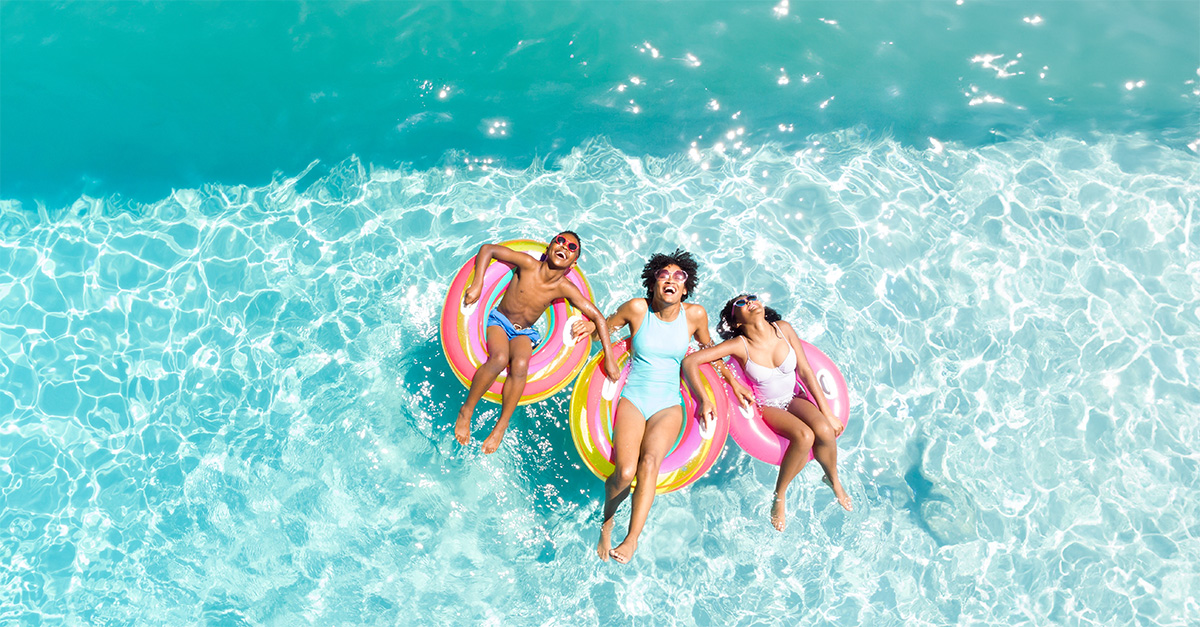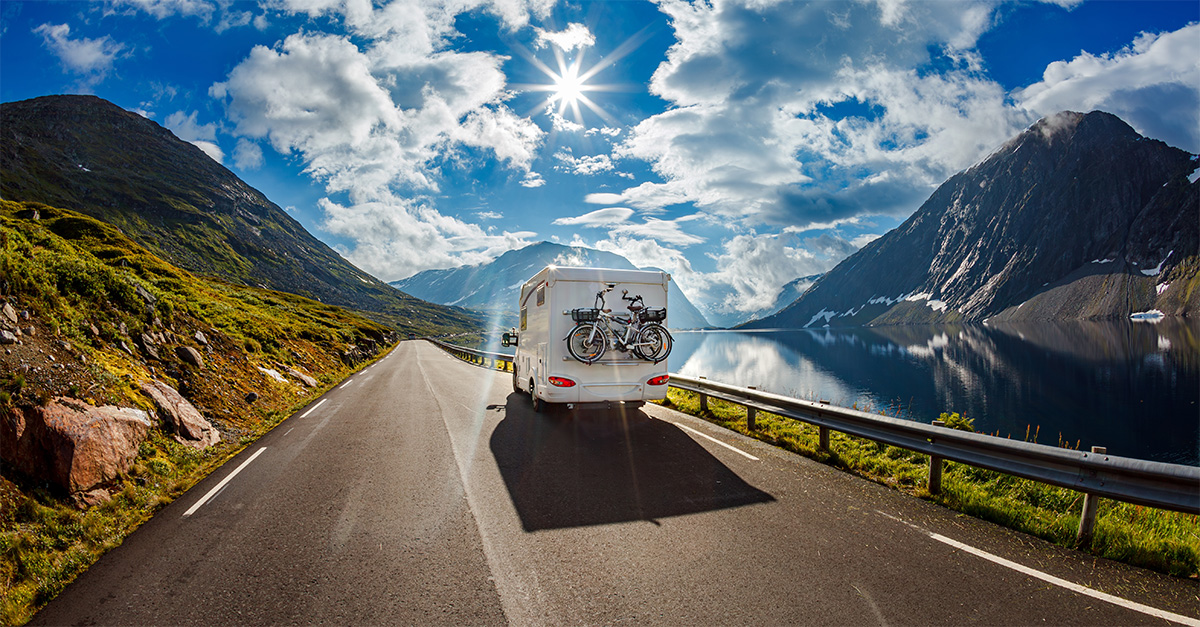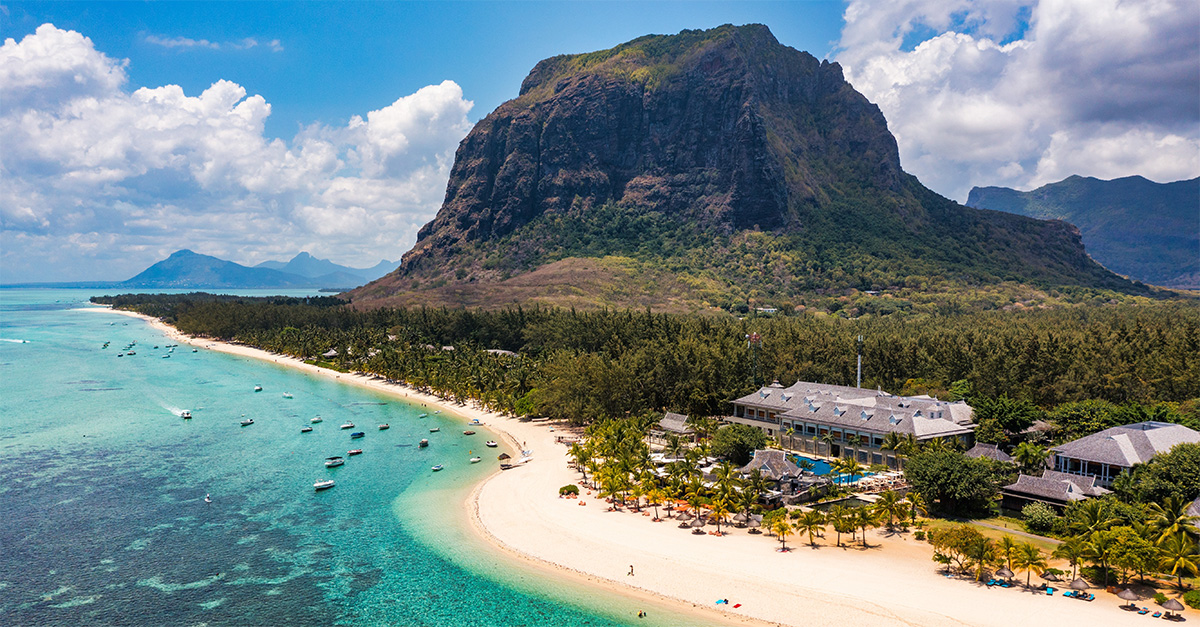Tourists can trace the history of South Africa’s iconic nation-changer, says Meera Dattani
Like this and want more details? Click here to download and save as a PDF.
“He opened up our beautiful country, once a pariah state, to the rest of the world and his name alone has attracted millions of tourists wanting to walk in his footsteps to South Africa every year. His legacy has transformed the tourism landscape in South Africa.”
These were the words of Thulani Nzima, chief executive of South African Tourism, following Nelson Mandela’s death in December 2013.
He was not exaggerating. Mandela spent decades opposing the apartheid regime, became South Africa’s first democratically elected president in 1994, and his importance to South Africa’s history – and tourism – is undeniable.
“To say his impact on tourism to South Africa has been enormous is an understatement,” says South Africa-born Claire Farley, co-founder of 2by2 Holidays. “In the 23 years since his release, the number of tourists travelling there each year has increased threefold to over nine million.”
South Africa’s beauty and diversity may be its core charm, but Mandela the man draws many to the rainbow nation and there’s no shortage of experiences charting his struggle which, in turn, celebrate this new South Africa.
Freedom struggle
At the heart of the struggle was the now-cosmopolitan city of Johannesburg and the nearby Soweto township, one of many residential areas created for blacks under apartheid. Johannesburg’s excellent Apartheid Museum is a moving introduction to the reality of whites-only rule and generates awe for those who risked their lives for an equal society.
In Soweto, visitors can see Mandela’s former home on Vilakazi Street, now the Mandela Family Museum with an eclectic collection of paintings, memorabilia and even a title belt given by the boxer Sugar Ray Leonard. It is also the world’s only street to have housed two Nobel Peace Prize winners: Mandela and social rights campaigner Archbishop Desmond Tutu.
Nearby is the unmissable Hector Pieterson Museum, named after the 12-year-old shot dead by police during the infamous 1976 youth uprisings.
Do Something Different’s Journey to Freedom Tour (adult £52, child £26) visits these sights as well as Soweto’s Regina Mundi Church where anti-apartheid leaders held underground meetings. Its Soweto Tour (adult £30, child £15) visits traditional medicine merchants and a local shebeen (bar).
Alternatively, explore Soweto on two wheels with Urban Adventures’ Cycle Soweto tour (eight hours, £55) to the Apartheid Museum, Mandela’s former home and a shebeen. Virgin Holidays’ Soweto Tour (adult from £40) includes Soccer City, Africa’s largest stadium and venue of the 2010 World Cup Final, one of Mandela’s last public appearances.
Other sights include Mandela’s Houghton home where he passed away and the Saxon Hotel where he lived while he wrote his autobiography The Long Walk to Freedom – there’s a Nelson Mandela Suite in his honour. Also worth visiting is Liliesleaf Farm, now a museum but once a base for the African National Congress, where many leaders were arrested in 1963 ahead of the Rivonia Trials during which 19 ANC officials were tried for treason.
Prisoner to president
For many, it’s Cape Town which brings home Mandela’s journey from fight to freedom. The remote prison on Robben Island off the Cape coast is where he was taken in 1964 for 18 of his 27 imprisoned years, a world away from bustling Victoria and Alfred Waterfront where the ferry departs.
It’s worth warning clients that trips can be disorganised and rushed, but for many it is a must, regardless. Visitors can explore the cells, including Mandela’s, some containing personal items and quotes. Some of the guides are former inmates but the quality of guiding is variable.
Cox & Kings’ Footsteps to Freedom tour engages with Cape Town’s communities, from the Malay residents of colourful Bo Kaap, Cape Town’s oldest neighbourhood, to District Six, a once-thriving black neighbourhood until forced removals under the Group Areas Act of Apartheid emptied it. It also visits community projects run by non-profit organisation Uthando.
Similarly, Do Something Different’s Walk to Freedom Tour (adult £44, child £22) includes Robben Island, District Six, and Langa, Cape Town’s oldest township. Virgin Holidays’ Walk To Freedom Tour (adult from £58) also includes key sights such as District Six and Langa township, and a Robben Island option.
Other spots include Cape Town City Hall where, on February 11, 1990, Mandela addressed the world as a free man, and the nearby parliament buildings from where he would serve as president.
For the dedicated pilgrim, a private compound at the Victor Verster Prison (now Drakenstein Correctional Centre) in the Cape Winelands is where Mandela spent the last two years of his sentence. The house is now a National Heritage Site and a Mandela statue stands outside the prison gates.

Homeland
There’s plenty of scenery to appreciate in Nelson Mandela’s homeland of the Eastern Cape – formerly known as the Transkei – but specific sights are scarce, apart from a rundown Nelson Mandela Museum in Qunu. However, the region’s villages, including his birthplace at Mvezo, and the landscape and coastline are glorious.
Travel 2’s eight-day Wild Coast Uncovered self-drive includes Qunu, where Mandela is buried, while Cox & Kings’ 13 day Wild Coast private tour visits Qunu and some spectacular beaches.
Mandela’s arrest
It was near Howick in the pretty KwaZulu-Natal Midlands that Mandela was arrested in 1962. The exact spot houses an excellent museum, The Capture Site, where a sculpture of 50 steel columns forms a portrait of Mandela.
Another interesting venue is the Ohlange Institute, 18 miles from Durban. It was the first school started by a black person, John Dube, and where Mandela chose to cast his vote in the country’s first democratic elections. Statues of both events commemorate their contribution to the reshaping of the country.
Visions of Africa offers a 13-night Midlands Meander self-drive including a night in Howick, as well as Howick Fall, Hluhluwe-Imfolozi Game Reserve and Umhlanga Rocks near Durban.
Mandela itineraries
Several operators offer tours taking in key Mandela locations.
Hayes & Jarvis’s 15-night Grand Tour of South Africa visits Johannesburg, Soweto, Cape Town and Robben Island, while Premier Holidays’ Mandela package includes Robben Island and Cape Town Freedom Tour with stays in Johannesburg and Kruger.
Visions of Africa’s nine-night Mandela’s Road to Freedom visits his Soweto home, Johannesburg – including Liliesleaf Farm, and Cape Town.
For the bigger picture, consider 2by2 Holidays’ new 13-day Nelson Mandela Long Walk to Freedom tour. As well as key sights, it visits Mandela’s home in Houghton, the downtown Johannesburg building where he and fellow anti-apartheid activist Oliver Tambo practised law, and Liliesleaf Farm. The tour also visits the Eastern Cape before ending in Cape Town.
Rainbow Tours offers a unique perspective with its new 15-day In the Footsteps of a Legend tour. Clients experience a Cape Town walking tour with Gordon Oliver, who was city mayor when Mandela was released and who welcomed Mandela to City Hall before his first speech as president; dinner with guest speakers such as a representative of the Institute for the Healing of Memories; and a stay at Johannesburg’s Saxon Hotel.
Led by anthropologist and South Africa expert Roddy Bray, the tour includes Johannesburg’s Ellis Park rugby stadium where, in 1995, Mandela was famously photographed sporting the Springbok rugby jersey with the Springbok captain – an iconic image of post-apartheid reconciliation.




